High hardness grinding balls
High hardness grinding balls are essential components in various industrial processes, particularly in the mining, cement, and chemical industries. These balls are designed to withstand extreme conditions, including high impact, abrasion, and wear, making them critical for efficient grinding and milling operations. Their high hardness ensures durability, reduces the frequency of replacement, and enhances the overall productivity of grinding systems.The primary material used in the manufacturing of high hardness grinding balls is typically high-quality steel or alloy. These materials are carefully selected to achieve the desired hardness, toughness, and resistance to wear. The manufacturing process involves precise heat treatment and quenching techniques to optimize the microstructure of the material, resulting in a product that can endure the rigors of heavy-duty grinding applications.One of the key characteristics of high hardness grinding balls is their ability to maintain their shape and integrity even under continuous impact and friction. This is crucial because any deformation or breakage of the balls can lead to inefficiencies in the grinding process, increased downtime, and higher operational costs. The hardness of these balls is often measured on the Rockwell or Brinell scale, with values typically exceeding 60 HRC (Rockwell C scale) to ensure superior performance.In addition to hardness, the toughness of grinding balls is equally important. Toughness refers to the material's ability to absorb energy and resist fracture under impact. A balance between hardness and toughness is essential to prevent the balls from cracking or shattering during use. Advanced manufacturing techniques, such as controlled cooling and alloying, are employed to achieve this balance, ensuring that the balls can withstand the demanding conditions of industrial grinding.High hardness grinding balls are available in various sizes and specifications to suit different grinding applications. The size of the balls is chosen based on the type of material being ground and the specific requirements of the grinding mill. Smaller balls are typically used for fine grinding, while larger balls are employed for coarse grinding. The uniformity of the balls in terms of size and shape is also critical to ensure consistent grinding performance and minimize wear on the mill liners.The benefits of using high hardness grinding balls extend beyond their durability and efficiency. They also contribute to energy savings by reducing the power consumption of grinding mills. Since these balls maintain their effectiveness over longer periods, fewer replacements are needed, leading to lower maintenance costs and reduced downtime. Furthermore, their high wear resistance minimizes the contamination of the ground material, ensuring a higher quality end product.In summary, high hardness grinding balls are indispensable in industries that rely on grinding and milling processes. Their exceptional hardness, toughness, and wear resistance make them ideal for handling the most demanding applications. By optimizing the grinding process, these balls help improve productivity, reduce operational costs, and enhance the quality of the final product. Their continued development and innovation are essential to meet the evolving needs of modern industrial operations.
Products
Category:
No search results found!
News
Category:
No search results found!
Case
Category:
No search results found!
Video
Category:
No search results found!
Download
Category:
No search results found!
Job
Category:
No search results found!
Featured Products
No search results found!


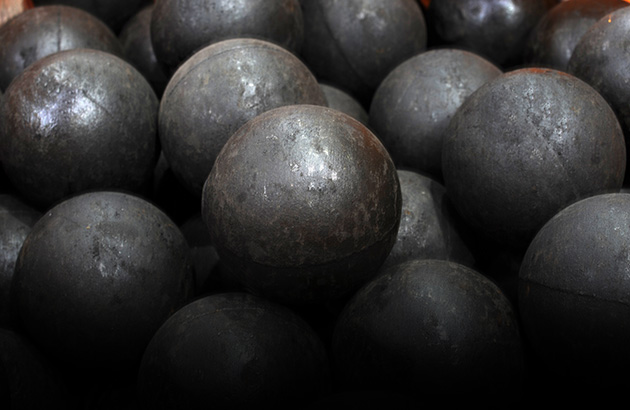
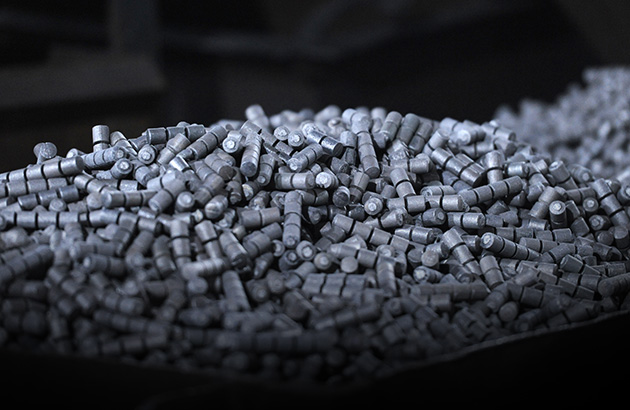
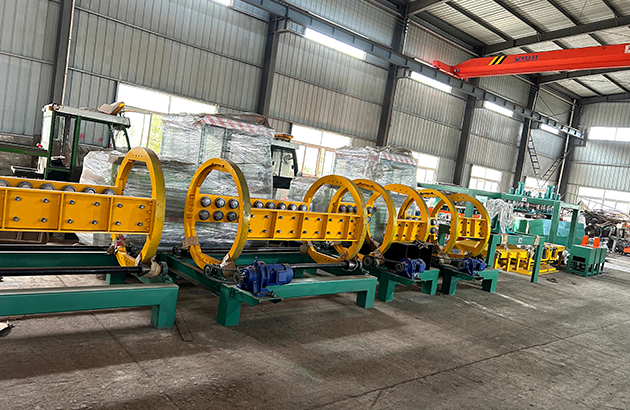

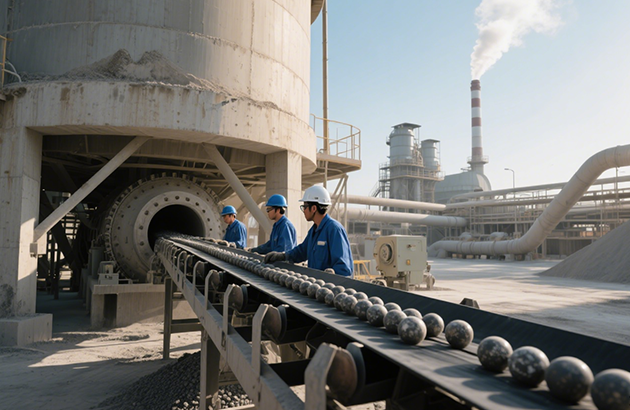
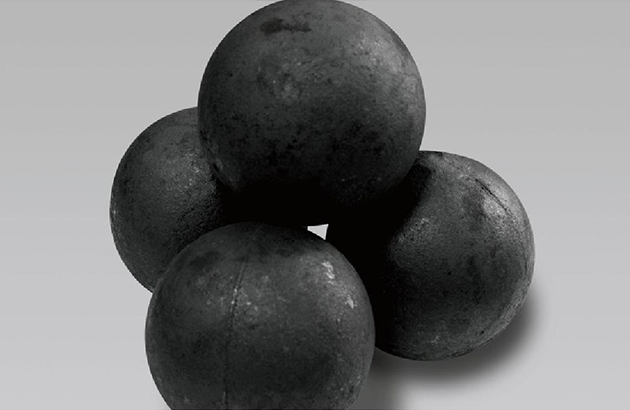
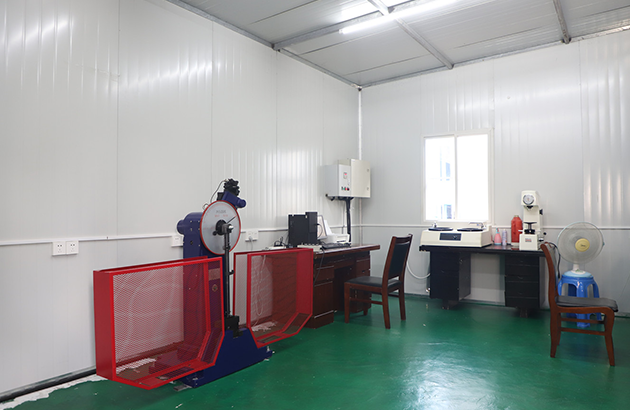

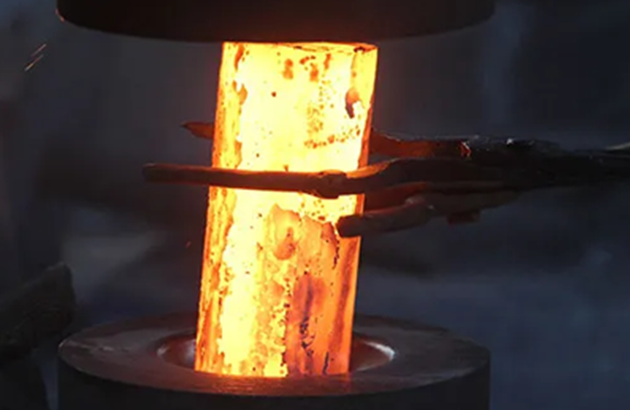






 Phone
Phone